You are here
Some records estimate that hundreds of grape varieties are planted throughout Spain, thanks to the extension of the vineyard area and the diversity of the soils and climates. Among those, around 100 are the main varieties for winemaking, present in the different Designations of Origins as authorized varieties.
The tendency to make single-variety wines, dominant in Spain for decades, and the growing knowledge of the viticulture and attention paid to the terroir, have led to an increased interest in the identification and authenticity of native varieties, with some old or almost extinct varieties having been pulled back into production.
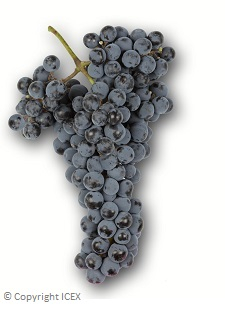
Tempranillo
The most important red wine grape in Spain that is referred to as Tinto Fino in some winemaking regions, this variety is the main grape in many of Spain's best red wines as well as many affordable wines.

Garnacha
Historic Spanish variety that is also popular in France and Australia, this variety is used to make some of Spain's best Mediterranean style red wines.

Monastrell
Red variety that grows best in the Designations of Origin of Yecla, Jumilla, Alicante and Bullas on the Mediterranean region of Spain.
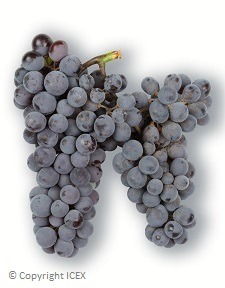
Cariñena
Known as Carignan in the rest of the world, but its rightful name is Cariñena, just like the eastern Spanish town from which it probably originates. It’s called Mazuelo in Rioja, and there (as well as in Priorat and Montsant), old vines can produce tangy, even noble wines.
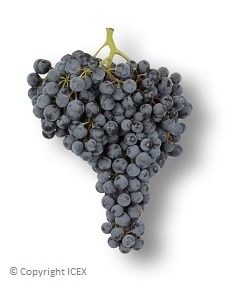
Bobal
This grape is the heart of the D.O. Utiel-Requena, and is grown also in D.O. Manchuela. It produces intense and fresh rosés, and powerful reds.
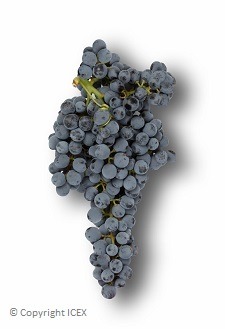
Graciano
A minor player in Rioja but increasingly has fans and even devotees. It can have beautiful aromatics, color, and tannin.
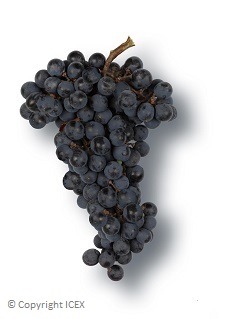
Mencía
The grape carries the red-cherry intensity and herbal notes often found in Cabernet Franc, and like Cabernet Franc, Mencía can often be underwhelming, tasting more structured than lush. At its best, it can be profound.
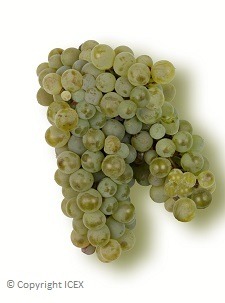
Verdejo
Linked to the D.O. Rueda for centuries, it produces very fine whites with tones of hills grass, fruit and excellent acidity.
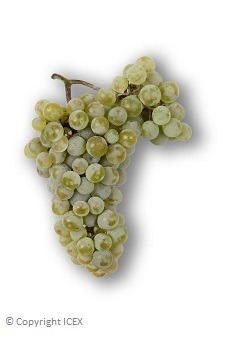
Albariño
Principally cultivated in the Northeast of Spain, in Rias Baixas this variety makes some of Spain's most exciting aromatic white wines.
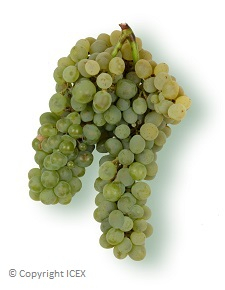
Godello
Expresses depth and character in Valdeorras, Ribeiro and Bierzo. Think green apples and texture, and in ripe vintages, add some peaches.
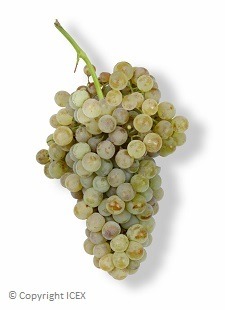
Viura / Macabeo
Popular in many regions to make quality light to medium body, fresh white wines: this variety is also referred to as Virua in Rioja. In Cava Macabeo is often blended with the Parellada and Xarel-lo varieties, or in some cases with Chardonnay.
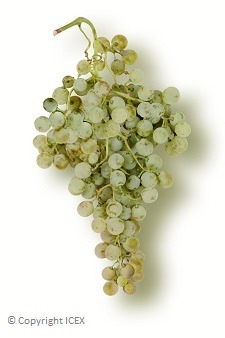
Airén
The most widely planted white grape in the world, though planted only in the center part of Spain. 750,000 acres of Airén situated in Spain’s Meseta amount to far more than all the acres of Chardonnay in the world or any other white grape you can name. It is generally used for brandy and for light, simple white wines.
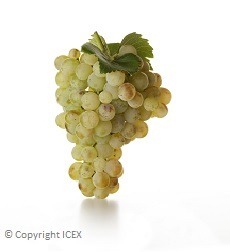
Xarel.lo
One of the principal constituents of Cava, this very interesting variety goes into the production of some lovely wines from Alella. It can be the layered and age-worthy part of Cava.
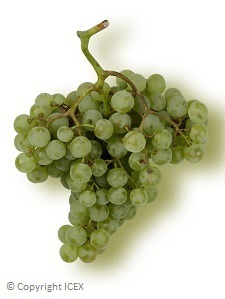
Palomino
The grape of Sherry, it provides the lightest and freshest Manzanilla as well as the richest and most exotic Amontillado or Oloroso. Also known as Listán.
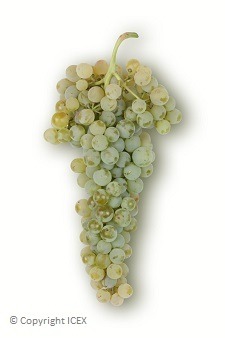
Pedro Ximénez
Generally speaking, a variety used in the production of sweet Sherry. In Montilla-Moriles, this grape can produce great dessert wines, but also a few dry-styled wines.
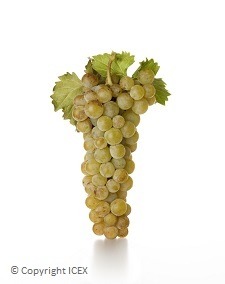
Moscatel
Good for sweet wines and for table grapes and raisins, this grape can offer utterly charming dessert wines; there are fascinating dry versions too.

Malvasía
Classic Mediterranean variety that is used to make highly acclaimed red, rose and white wines with a touch of spice.
RELATED CONTENT
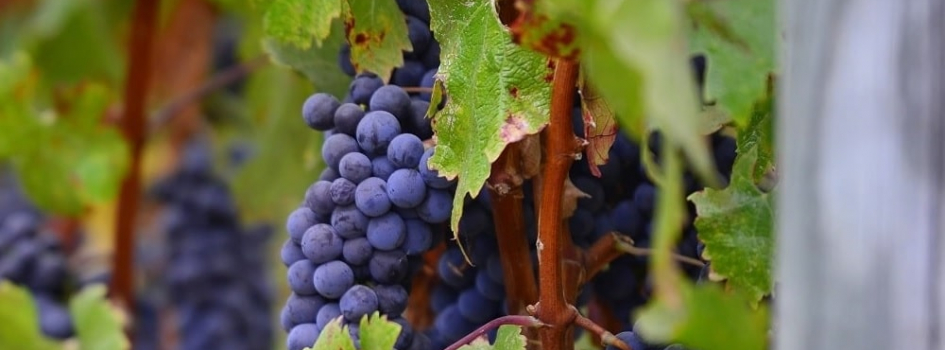
SPANISH WINES AGEING
REGULATIONS








